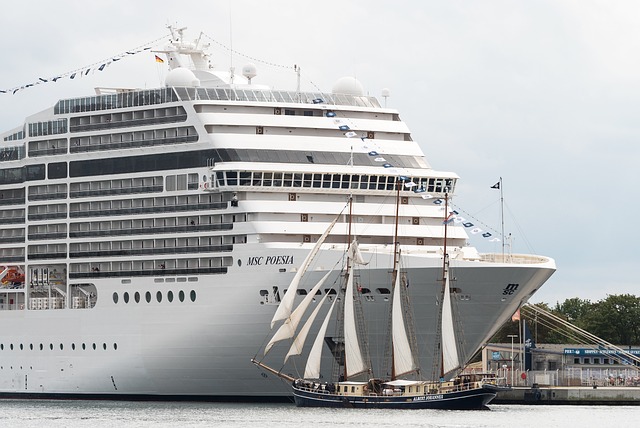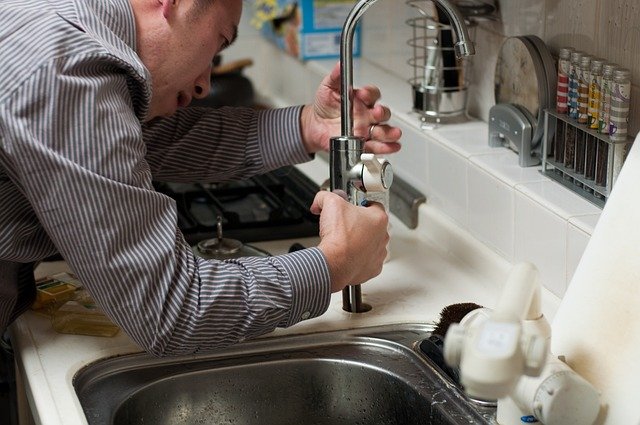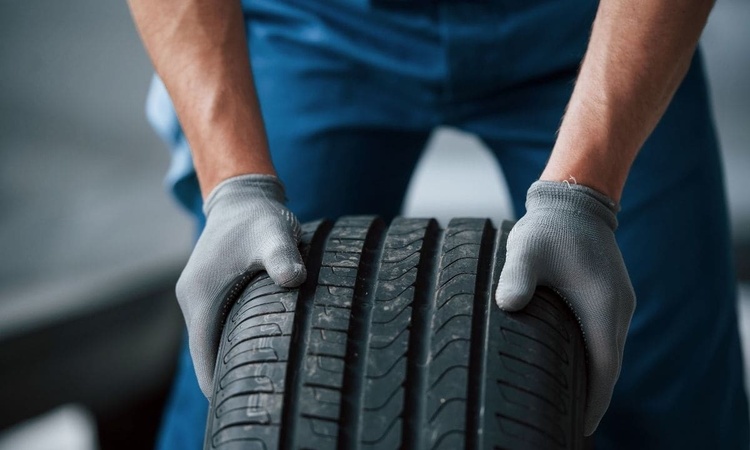Fat Removal: Practical Options for Body Contouring and Health
Fat removal is a broad term that covers surgical and non-surgical ways to reduce stubborn fat deposits on the body. Whether someone is considering liposuction, non-invasive procedures, or lifestyle approaches, it’s important to understand the methods, realistic outcomes, and how choices affect overall health and skin. This article explains common options, expected results, and how to find reputable local services.
This article is for informational purposes only and should not be considered medical advice. Please consult a qualified healthcare professional for personalized guidance and treatment.
How does body contouring work?
Body contouring refers to procedures that change the shape of the body by removing or reducing pockets of fat and sometimes excess skin. Surgical techniques like liposuction physically remove fat cells through small incisions, often under local or general anaesthesia. Non-surgical options such as cryolipolysis, radiofrequency, and ultrasound target fat cells to break them down gradually over weeks to months. These methods differ in recovery time, degree of visible change, and suitability depending on the area treated and the patient’s overall body composition.
Why does fat accumulate in the body?
Fat accumulation is influenced by genetics, diet, physical activity, hormones, age, and metabolic factors. Some areas—such as the abdomen, hips, thighs, and under the chin—tend to retain fat despite diet and exercise. Medical conditions (for example, thyroid dysfunction) or medications can also contribute to fat distribution changes. Understanding the underlying causes helps set realistic expectations for fat removal: procedures can reduce localized fat stores but do not replace weight management, healthy eating, and regular exercise for overall body composition and wellbeing.
What treatment options are available?
Available treatments range from minimally invasive to surgical. Liposuction remains a widely used surgical option for targeted fat removal with immediate reduction of treated areas, though it requires downtime and carries surgical risks. Non-surgical treatments include cryolipolysis (freezing fat), laser-assisted fat reduction, high-intensity focused ultrasound, and injectable treatments for small areas. Each option varies in how many sessions are needed, how long results take to appear, and how dramatic the change will be. A qualified clinician will recommend options based on goals, medical history, and skin elasticity around the treated area.
How does fat removal affect long-term health?
Fat removal for cosmetic purposes primarily alters appearance rather than metabolic health. Removing subcutaneous fat in localized areas usually does not significantly change cardiovascular risk factors or body mass index. For people with obesity-related health issues, medical weight loss under clinical guidance is the primary route to improving health metrics. That said, some patients experience improved mobility, self-esteem, and motivation for healthier habits after body contouring. Any procedure carries potential complications—such as infection, contour irregularities, or adverse reactions—so discussing risks with a surgeon or clinician is essential.
What happens to skin after fat loss?
Skin response after fat removal depends on age, genetics, amount of fat removed, and existing skin elasticity. Younger patients with good elasticity generally experience smoother retraction after volume is reduced. In cases of larger volume removal or poorer elasticity, skin laxity can result, and additional procedures (such as skin tightening or excision) may be recommended. Non-surgical skin tightening technologies can help in some cases, but expectations should be realistic: no treatment guarantees fully restored firmness. Proper post-procedure care, hydration, nutrition, and sun protection support skin health during recovery.
Local services and trusted providers
Below are examples of reputable UK providers that offer fat removal or body contouring services. This list is illustrative; consult clinics directly for specific services and qualifications.
| Provider Name | Services Offered | Key Features/Benefits |
|---|---|---|
| The Harley Medical Group | Surgical liposuction, non-surgical fat reduction, consultations | Nationwide clinics, GMC-registered surgeons, patient information resources |
| The Private Clinic | Liposuction, vaser lipo, CoolSculpting, follow-up care | Specialist clinics, published patient outcomes, multi-disciplinary teams |
| Transform Hospital Group | Cosmetic surgery including liposuction, body contouring packages | Hospital facilities, financing options, dedicated surgical teams |
All clinic offerings, qualifications, and availability vary by location. Verify practitioner credentials, facility accreditation, and ask for before/after examples during consultation.
Prices, rates, or cost estimates mentioned in this article are based on the latest available information but may change over time. Independent research is advised before making financial decisions.
Conclusion
Fat removal encompasses a spectrum of options from non-invasive techniques to surgical liposuction, each with distinct benefits, recovery profiles, and implications for skin and overall health. The best approach depends on individual goals, medical history, and realistic expectations. Prioritise consultations with qualified clinicians, review credentials, and consider how any procedure fits into a broader plan for maintaining a healthy lifestyle and skin care.







